Knowing how to protect gutters from getting clogged with snow is a skill homeowners should know, especially if you live in an area with heavy snowfall. If you're on a quest to keep your gutters snow-free all year round, you're in the right place. We've done our research, and here's what we found.
The best way to protect your gutters during snow season is to install gutter guards. They work by preventing debris and ice from clogging your system. Apart from keeping snow away from your gutters, gutter guards also help your gutters last longer.
Apart from installing gutter guards, there are other ways you can make sure your gutters stay clear from obstructions. Read on as we will explain these other solutions in-depth.
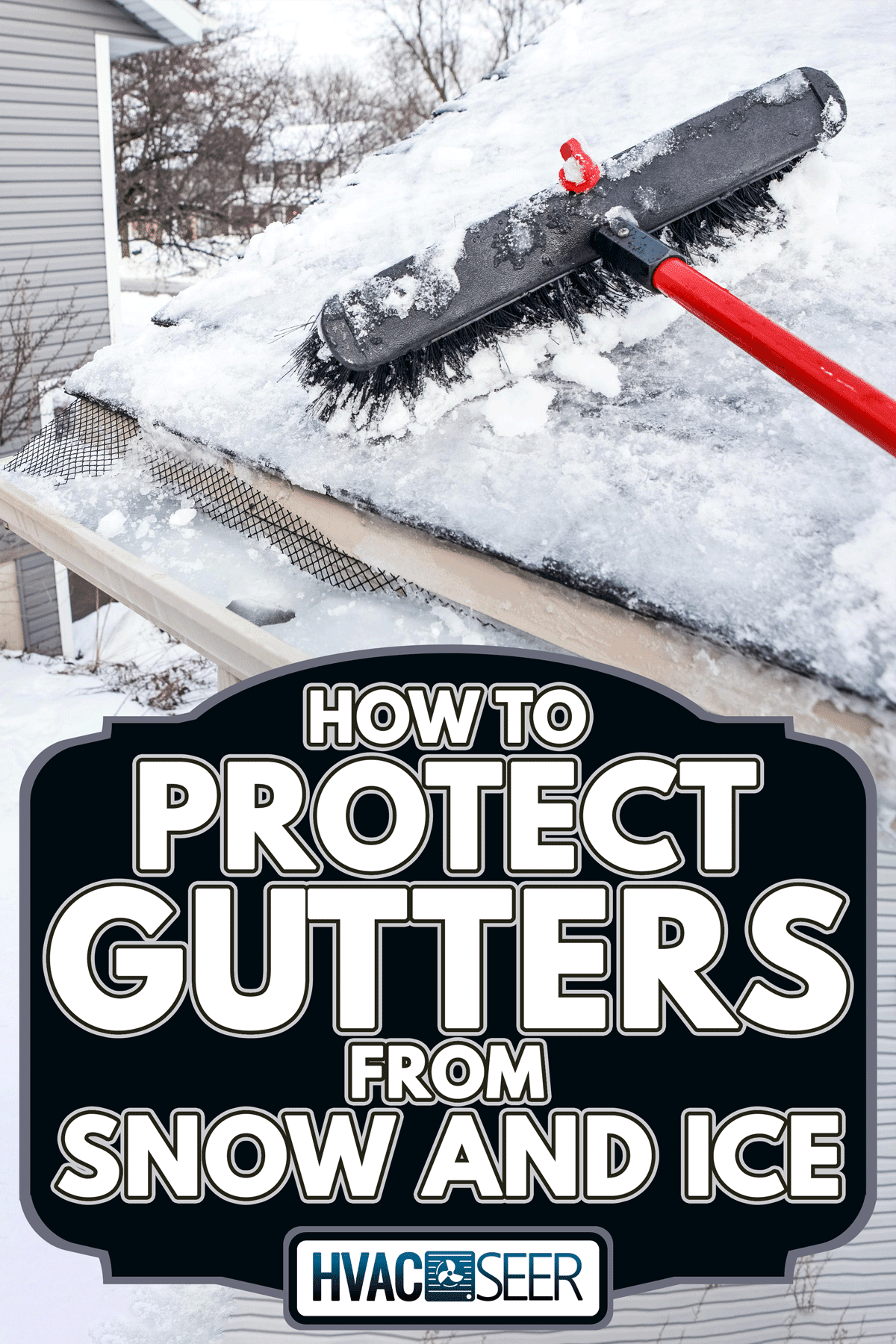
Gutters [Uses and Importance]
The roof is the topmost layer of a building, protecting the interior from rain, snow, and sun. A gutter is a channel that carries water away from the roof. It is typically made of galvanized or stainless steel and directs water away from the building after heavy rainfall.
It is usually found at the top of a pitched roof, and it runs down the slope, collecting rainwater until it reaches an outlet at ground level or can drain into a drainage system.
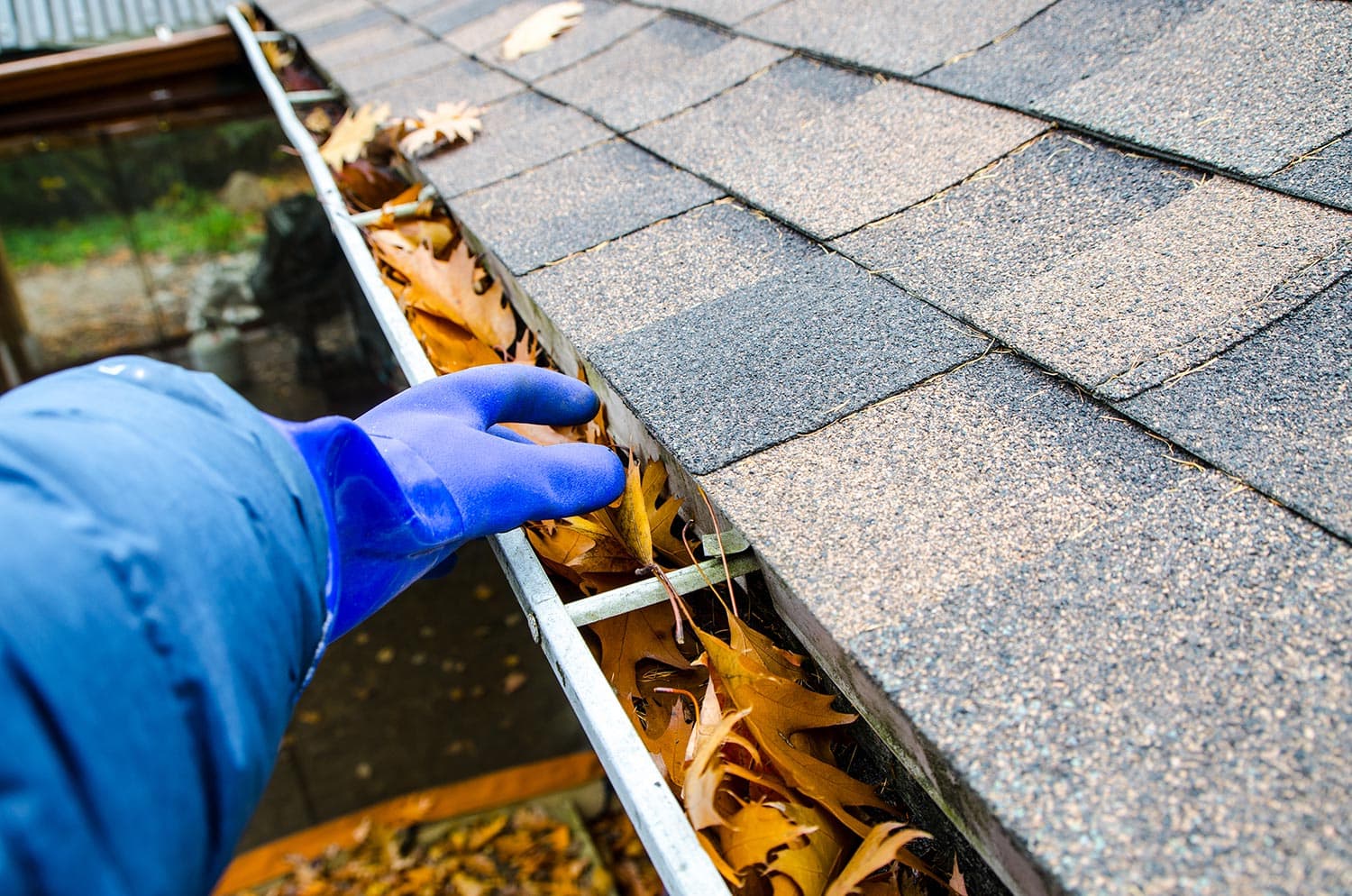
Gutter systems are one of the essential parts of the roofing system. They are designed to prevent water from entering the foundation or basement through the roof. They also channel water to downspouts, which is where it can be easily drained away. Gutters prevent the foundation and basement from flooding.
Gutters are designed to prevent the corrosion of metal roofs and soffits. It is vital to keep gutters clean so that debris doesn’t accumulate in them, which will then cause water leakage on your roof or inside your home.
What is an Ice Dam?
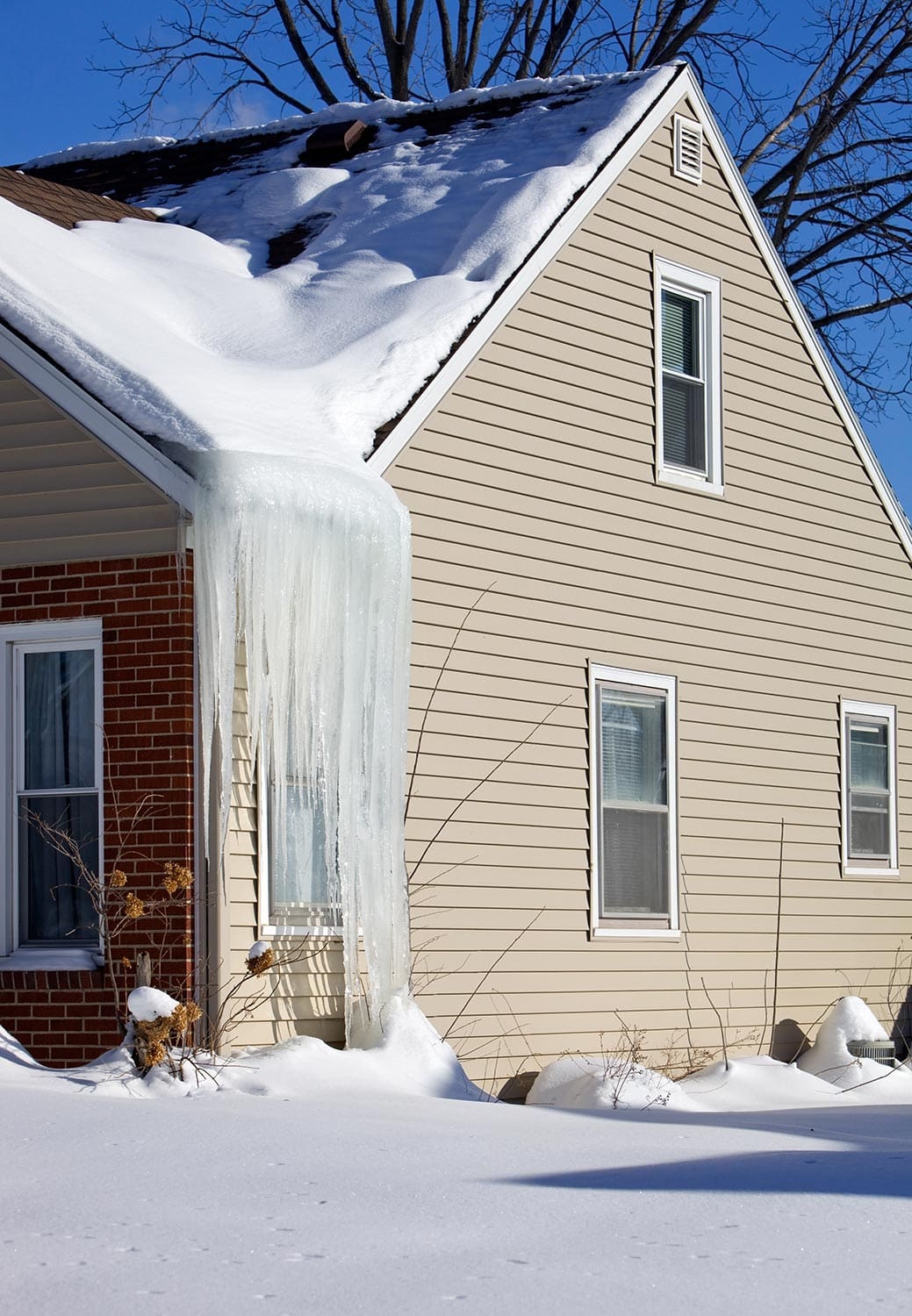
An ice dam is a ridge of ice that forms on the edge of a roof. It can cause leaking into the home and damage to walls and ceilings. An ice dam forms when water accumulated on the roof surface freezes and then thaws. It creates an ice ridge that pushes up against the roof, creating a barrier to water drainage.
This can cause leaks into the home or damage to walls and ceilings. The ridge is caused by the difference in temperature between your roof and air temperature.
Tips on How to Protect Gutters From Snow and Ice
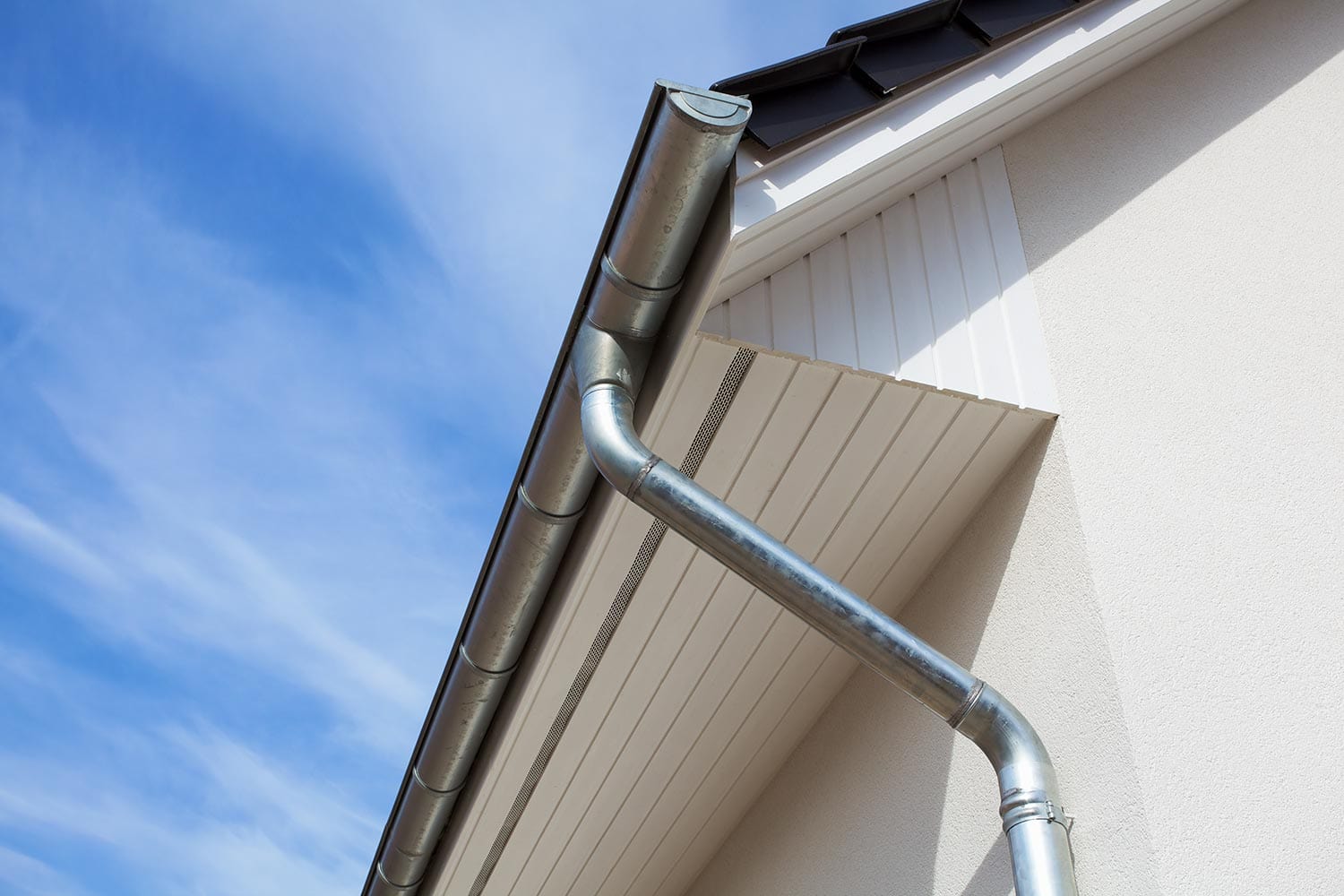
Gutters can be damaged by ice dams caused when water freezes on a roof and then thaws. The block of ice can damage the gutters or even break them.
Ice dams are dangerous for roofs because they can cause leaks and structural damage and even lead to a roof collapse. Here are tips on how to protect your gutters during the snow season.
Warm Your Gutters
Clogged roof gutters are a common occurrence for many homeowners that can be difficult to fix. Snow and ice accumulation on the roof can lead to costly damage if the issue is left unchecked.
If you live in a cold area where snow and ice are common, installing heated cables on your roof gutters is the perfect solution. These cables melt snow and ice faster than any other method.
Installing heated cables on your roof gutters is a smart move for many reasons, the main one being that it can increase runoff water from the roof in colder months which helps prevent water damage to your home.
Inspect Your Gutters
It is essential that you inspect your gutters before the rainy season starts so that you can make sure they are properly installed. It is also essential to make sure that your roof has proper gutters to prevent leaks and water damage.
A good time for inspecting gutters is when it is raining outside since rainwater can help with the inspection process. Simply walking around your house can also help you notice damaged areas in your gutter.
You can inspect your gutters for leaks and gaps by checking these areas: the corners of your house, downspouts, chimneys, and any other places where water could seep in.
Clean Dirt and Debris
Roof gutters usually get clogged with leaves and debris. They are also a common cause of ice dams in the winter because they can trap water and cause leaks.
The best way to keep your roof clean is by using a cleaning service that will come to your home periodically. The cleaning service can take care of all the leaves, debris, bird nests, and dirty gutters on your roof, which will prevent clogging and leaking.
You can also do it yourself if you have the chance. Cleaning the roof gutters is not difficult, but ensuring that you do it properly is important. The roof gutters are the primary source of water that enters your home during heavy rain. If they are not cleaned properly, they can lead to ice damming and other related problems.
Replace or Repair Gutter System, Including Brackets
To maintain a good gutter system, you need to replace or repair broken gutter brackets and rust. Gutters are made up of metal brackets that hold down the gutters and prevent them from sagging or blowing away. Rust can form on these brackets, which can cause your gutters to break or blow away in high winds.
Metal in the gutters can rust over time and cause leaks in your roof. So add more brackets to strengthen your gutter and add more resistance to snow.
Heavy snowfall may collapse if you have a weak roof gutter system. Check your gutters now and then to make sure they are in good condition and won't collapse under heavy snow.
Install Gutter Guards
Gutter guards are a type of device installed in the gutters to prevent debris from blocking them. They help maintain gutters, save maintenance costs and help avoid water damage. They can be made out of metal or plastic and are usually installed with screws.
See these guards on Amazon, available in white, matte, brown, or black.
Insulate and Ventilate Your Attic
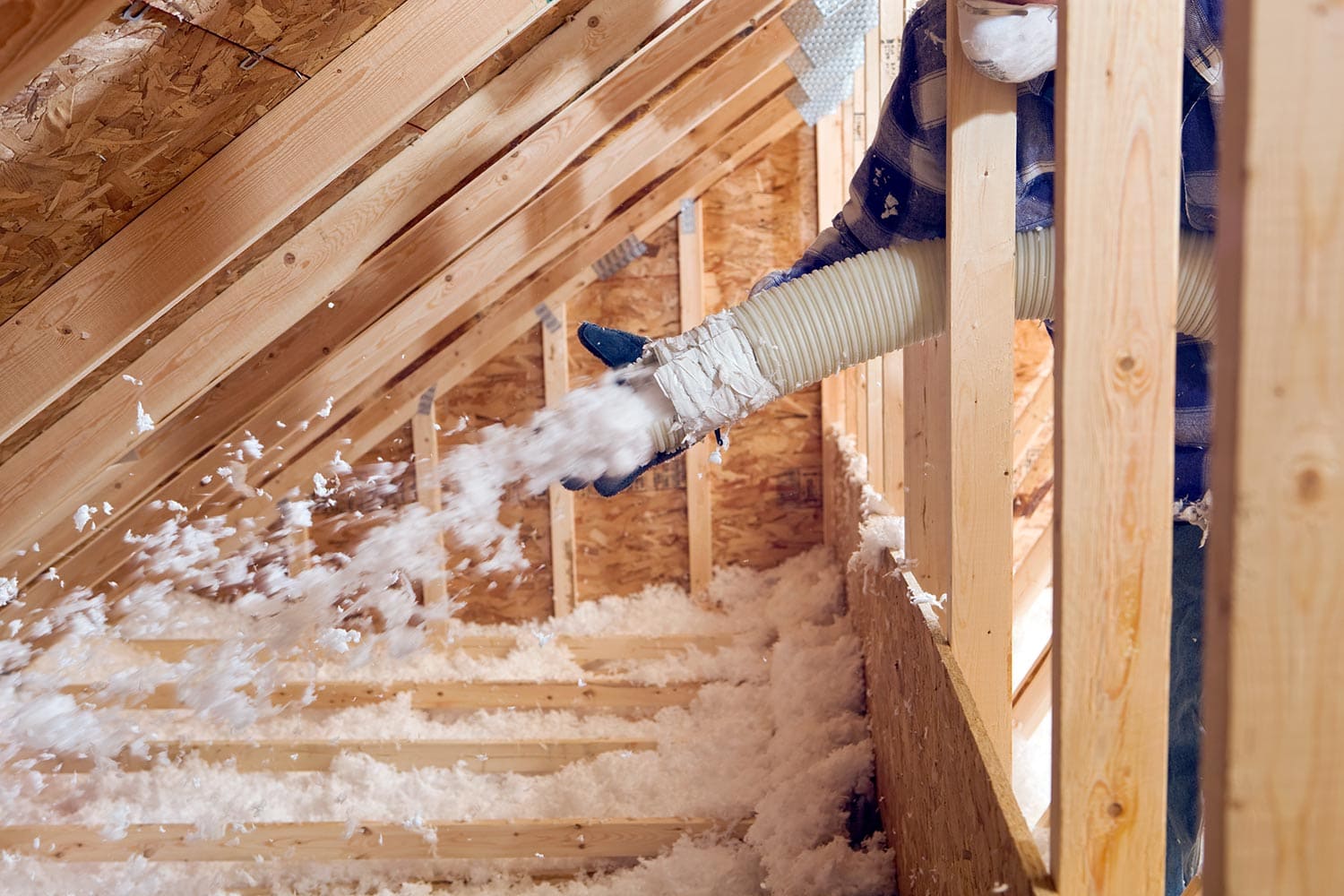
The attic roof is the most vulnerable part of the house during winter. It’s important to insulate it to prevent heat from flowing upwards and water accumulation on the roof.
Insulation is also important to avoid air leaks and drafts that may cause the heat from inside your home to escape.
A ventilated attic is essential for a well-constructed home. It will ensure that the temperature is distributed evenly throughout the room and that there is no buildup of moisture or condensation. Ventilation ensures uniform distribution of temperature. This can be achieved by using vents and windows.
Do Snow Guards Protect Gutters?
Metal roofing is a popular choice for many homeowners because it offers durability, beauty, and protection from the elements. Snow guards are mainly placed on metal roofs to protect gutters from damage.
They are usually placed at the lower half of the roof plane. You can also use a metal strip as a snow guard and attach it to the top edge of your gutters, but this might result in water dripping from your gutters onto your home's exterior.
Wood or composite roofs also need to be protected with a snow guard attached to the top edge of your gutters and then attached with screws or nails into the framing members on either side of your house to secure it firmly.
Snow guards are cost-effective to protect the gutters from damage, mainly caused by snow and ice. They also offer a unique aesthetic appeal in roofing designs.
Can You Put Heat Tape in Gutters?
It is important to remove snow from your house's gutters as soon as possible. Snow can cause water damage and ruin insulation. You can use a shovel or broom to remove snow. If your gutters are too narrow for these methods, you can use heat tape to melt the snow. These cables can melt snow and ice without using much energy or power.
Heat cables are safe for different gutter materials. They can be used on metal, iron, PVC, and plastic gutters. Heat cables are also available in 120 and 240 voltages. The length of a heat cable is 6 to 100 feet long. Heat cables are an affordable solution to melting ice and snow on gutters.
See this heat cable on Amazon.
Conclusion
Gutters are installed on the roof to prevent rainwater from accumulating and flooding the house. They are also essential passages for rainwater. They act as a buffer between the roof, downspout, and ground level. Clean and maintain your gutters regularly to ensure they are safe from damage by ice and snow.
For more reading on how to take care of your roofs, check out these related posts:


